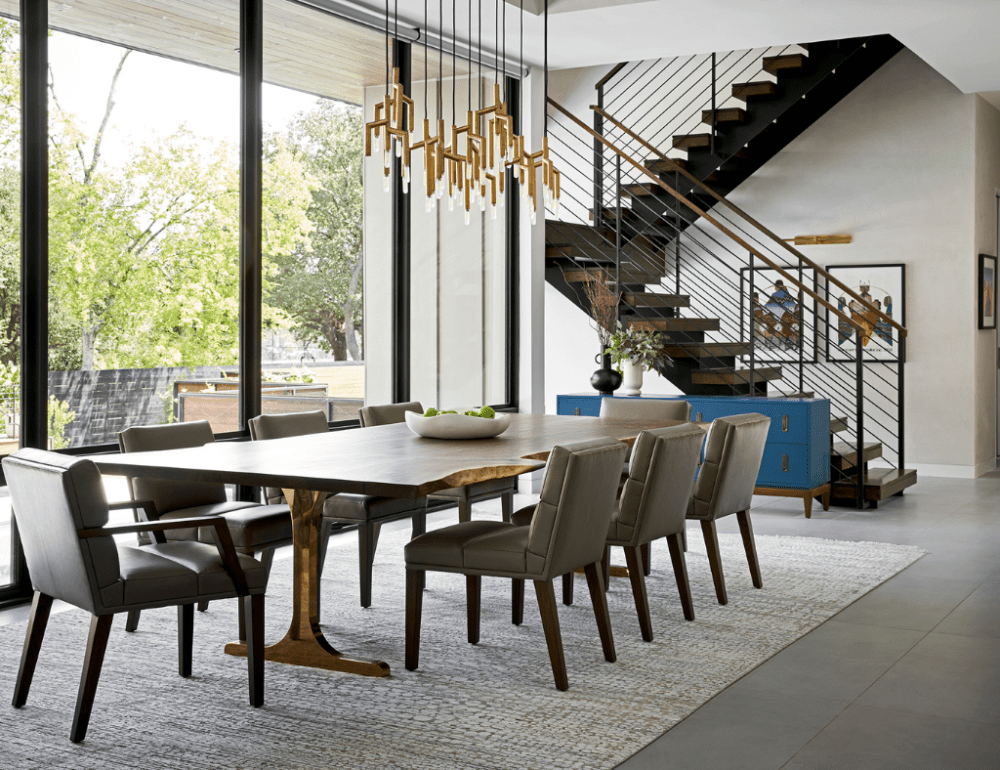
Exposure to natural light


We let the landscape inspire us
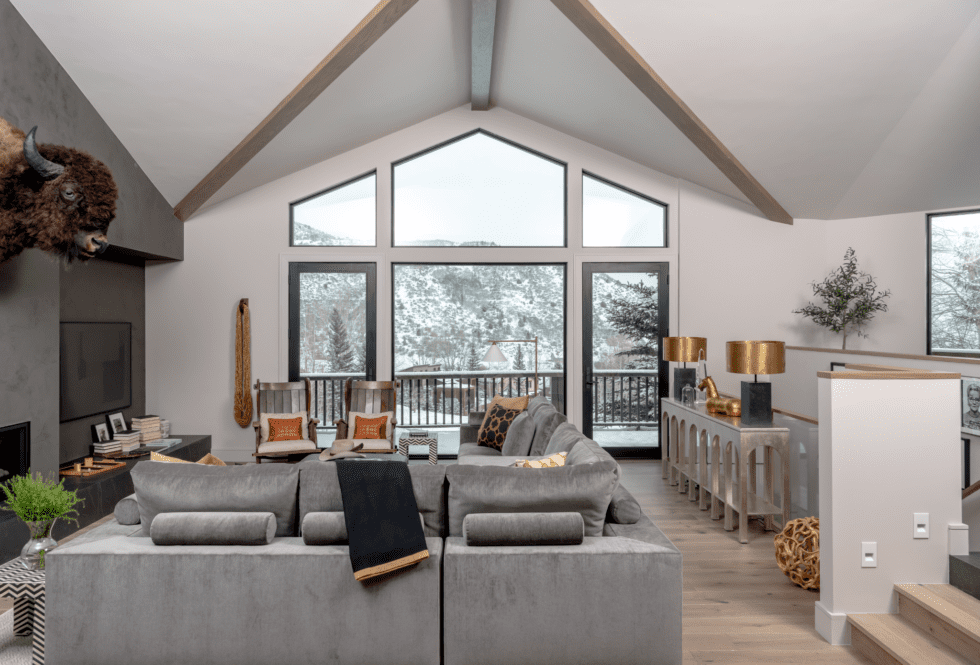
We create transitional spaces
For more architectural news
Design of public buildings, educational and health facilities
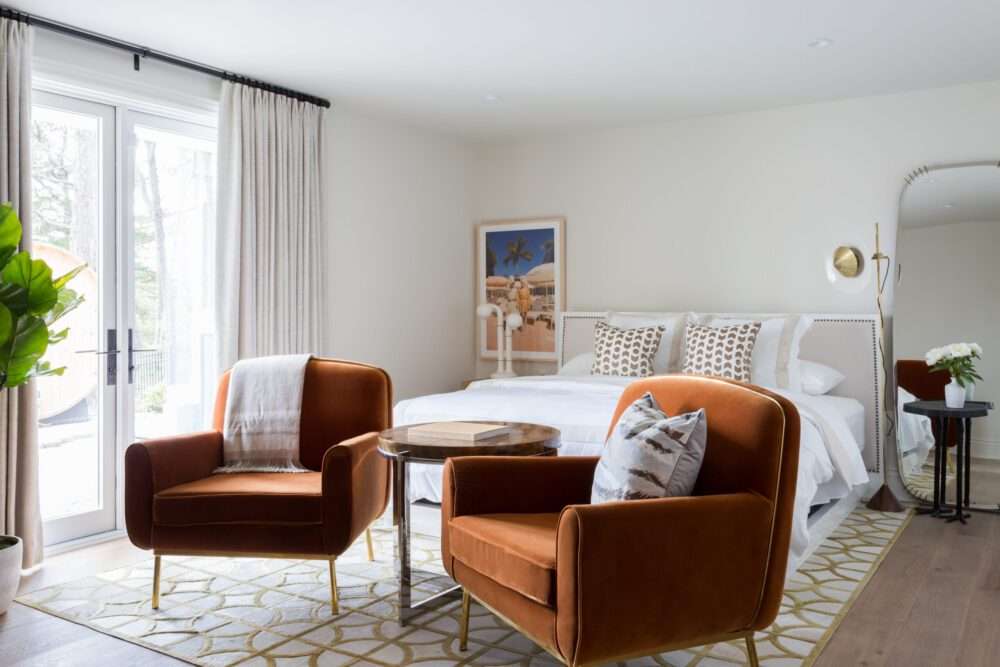




Design of public buildings, educational and health facilities
If you found this article valuable, consider sharing it
I am an architectural journalist and publisher interested in highlighting and presenting interior design best practices to my audience. I am always looking for new stories and ideas that will inspire my readers and enhance their lives
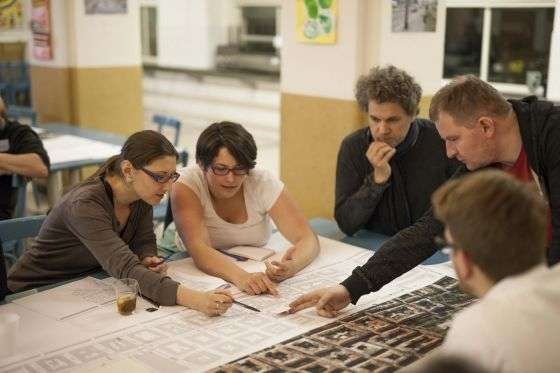
A large part of the list of responsibilities of local governments is to develop comprehensive plans. These may be strategic plans that identify local priorities. Climate plans, which outline long-term strategies, and mobility plans, which determine local traffic and public…

Direction, production and design by First Things Studio for Magic Leap. Full project here.
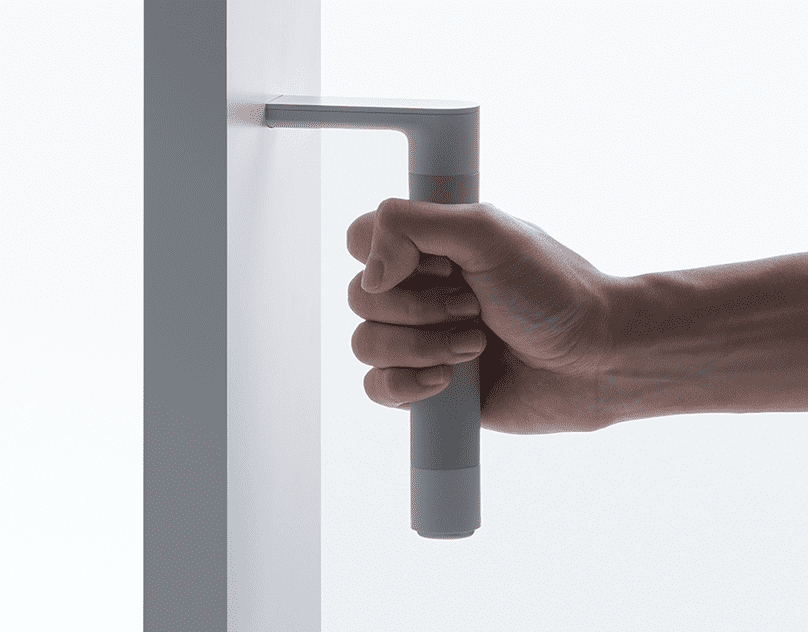
DesignersMingwan Baehttps://www.instagram.com/work1n9/Junyoung Minhttps://www.instagram.com/min.adrian_jy/
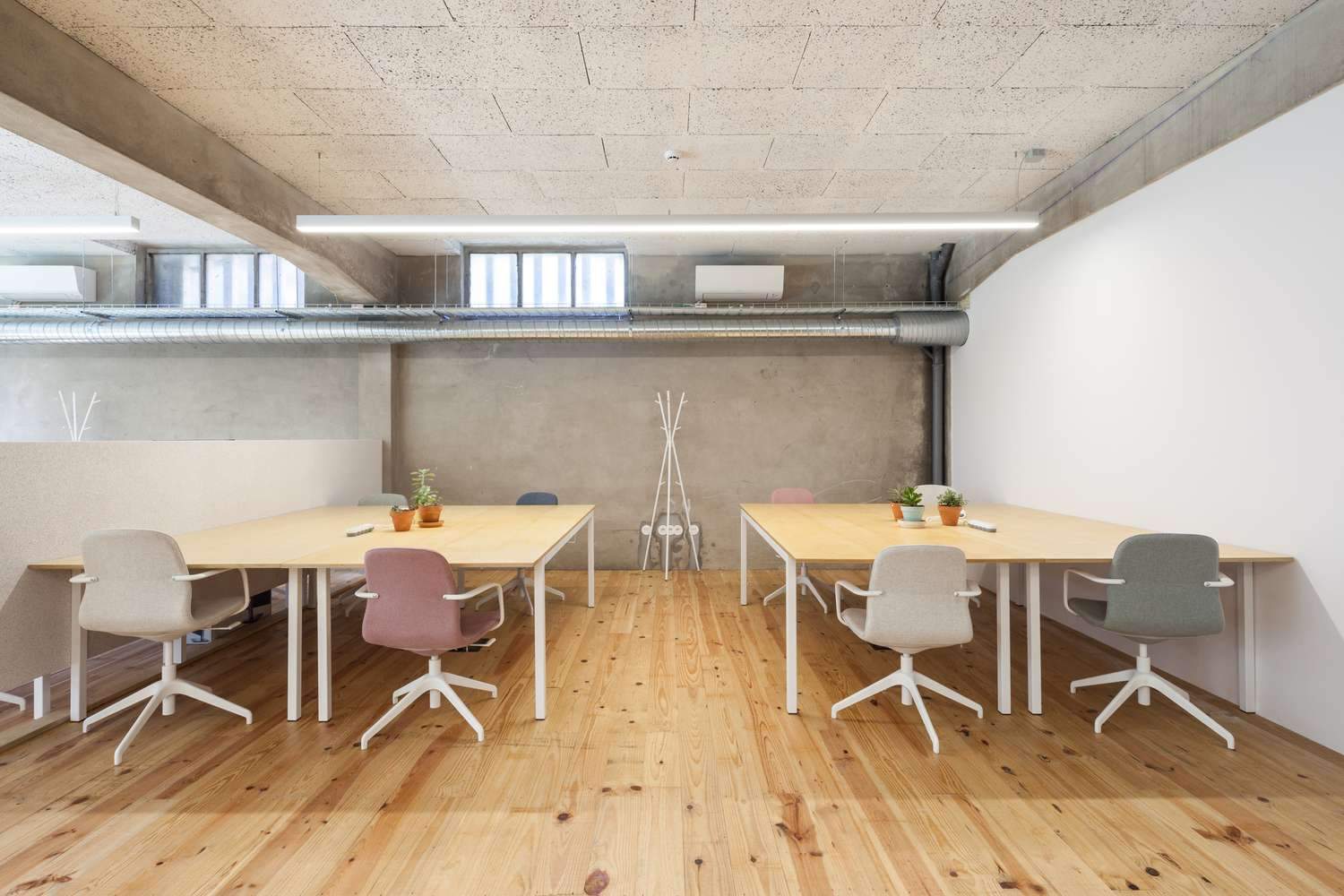
Tips to make use of interior spaces in confined spaces, When we are in confined spaces, imposed on us by the conditions and laws of architecture, we must do what we can to take advantage of all the interior spaces…

A large part of the list of responsibilities of local governments is to develop comprehensive plans. These may be strategic plans that identify local priorities. Climate plans, which outline long-term strategies, and mobility plans, which determine local traffic and public…

Direction, production and design by First Things Studio for Magic Leap. Full project here.

DesignersMingwan Baehttps://www.instagram.com/work1n9/Junyoung Minhttps://www.instagram.com/min.adrian_jy/

Tips to make use of interior spaces in confined spaces, When we are in confined spaces, imposed on us by the conditions and laws of architecture, we must do what we can to take advantage of all the interior spaces…

A large part of the list of responsibilities of local governments is to develop comprehensive plans. These may be strategic plans that identify local priorities. Climate plans, which outline long-term strategies, and mobility plans, which determine local traffic and public…

Direction, production and design by First Things Studio for Magic Leap. Full project here.

DesignersMingwan Baehttps://www.instagram.com/work1n9/Junyoung Minhttps://www.instagram.com/min.adrian_jy/

Tips to make use of interior spaces in confined spaces, When we are in confined spaces, imposed on us by the conditions and laws of architecture, we must do what we can to take advantage of all the interior spaces…